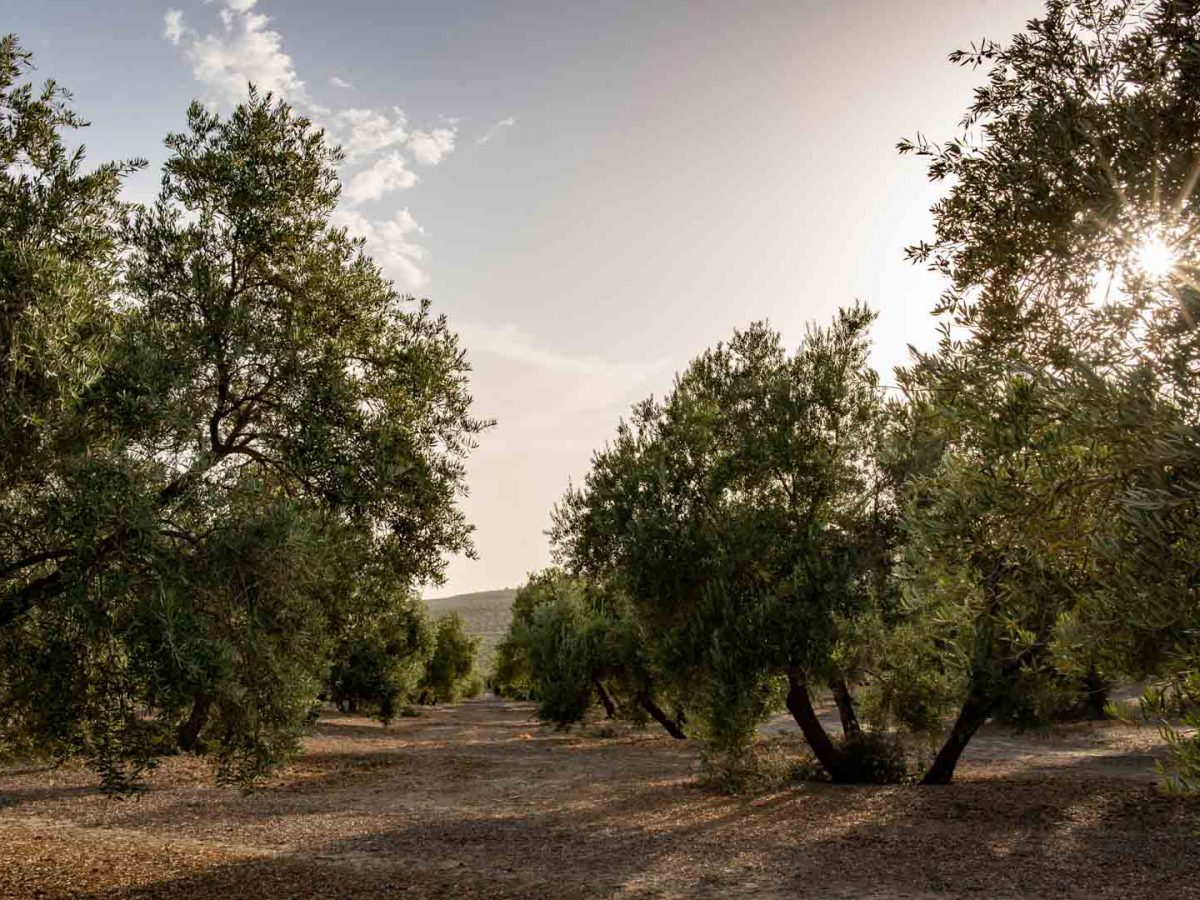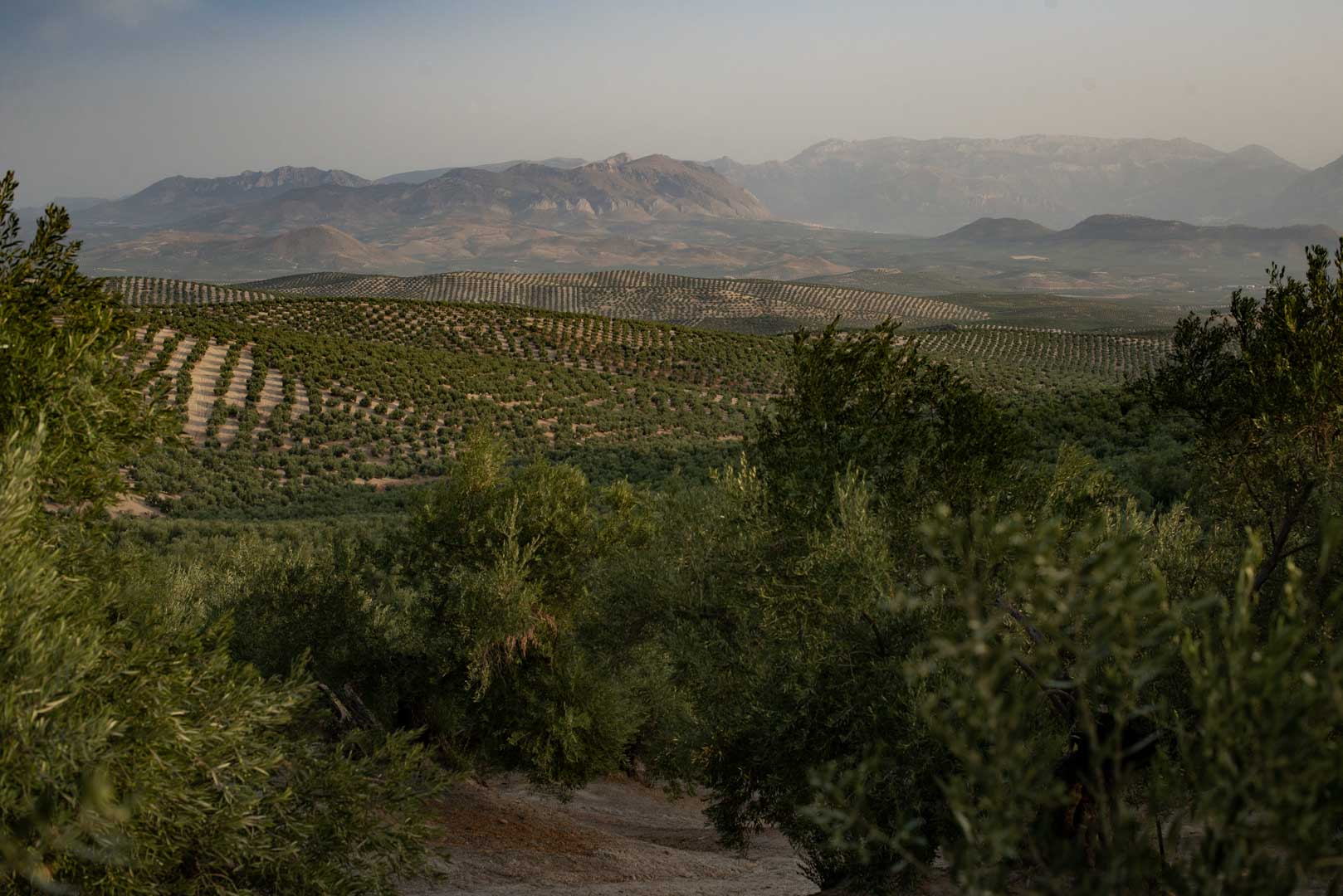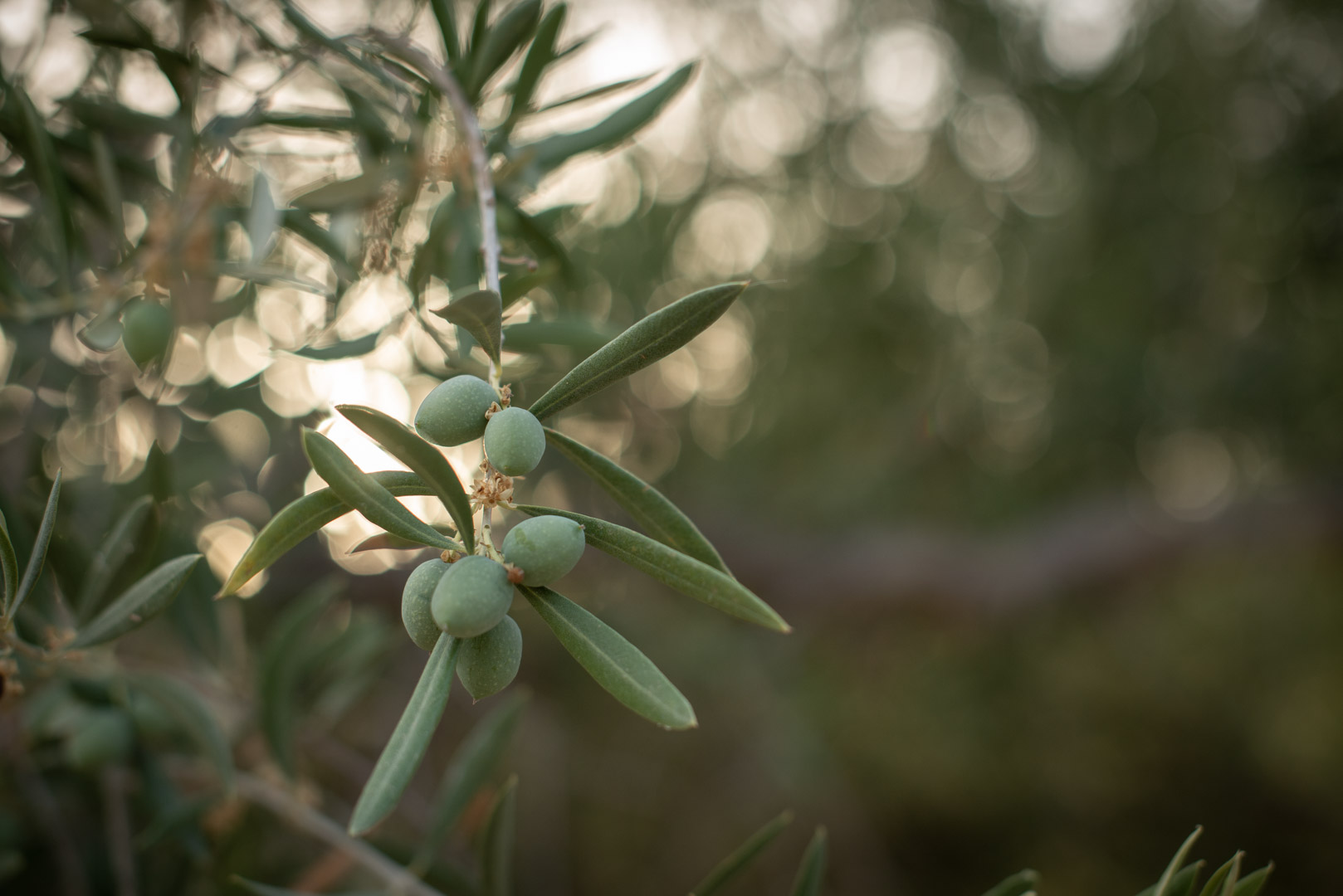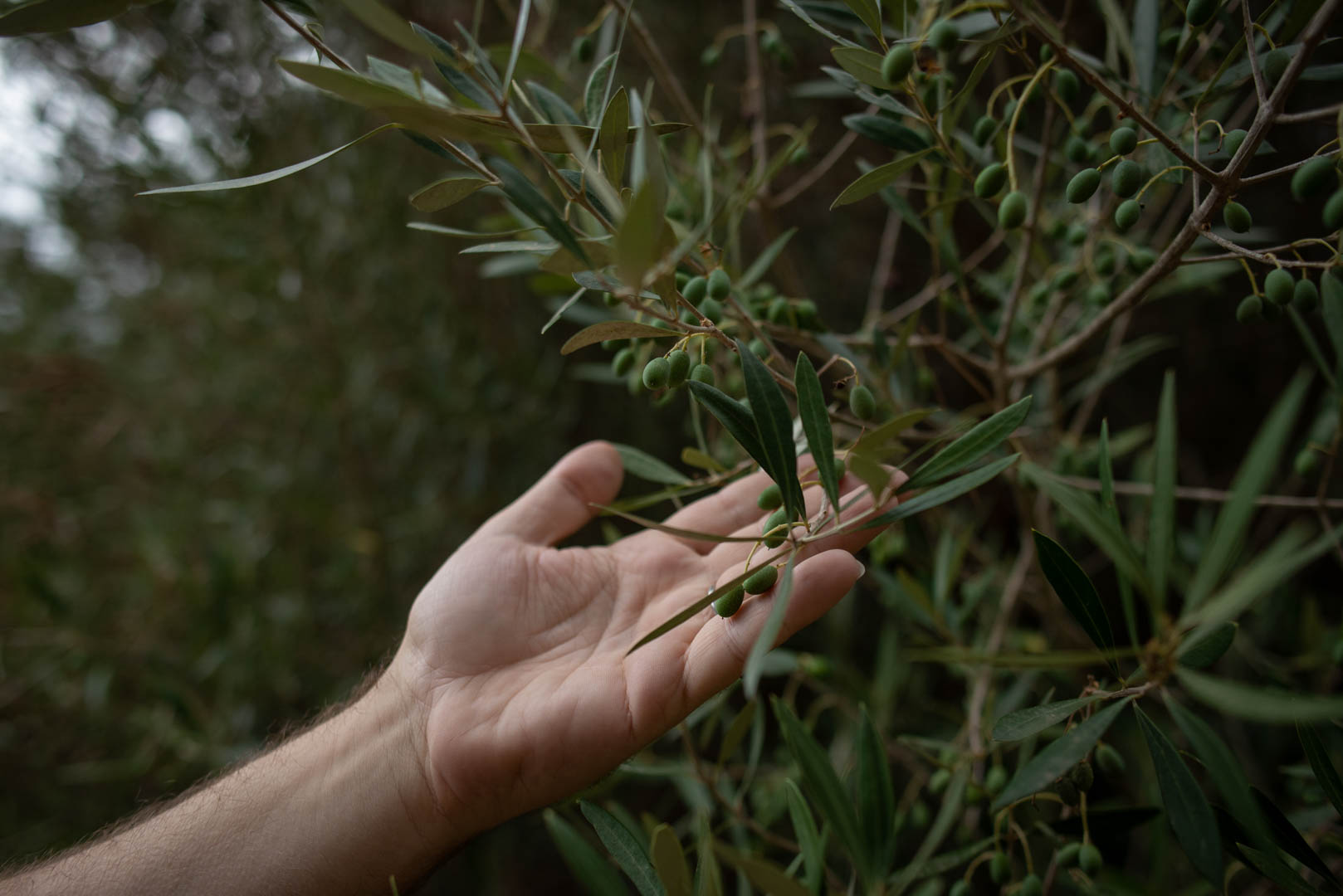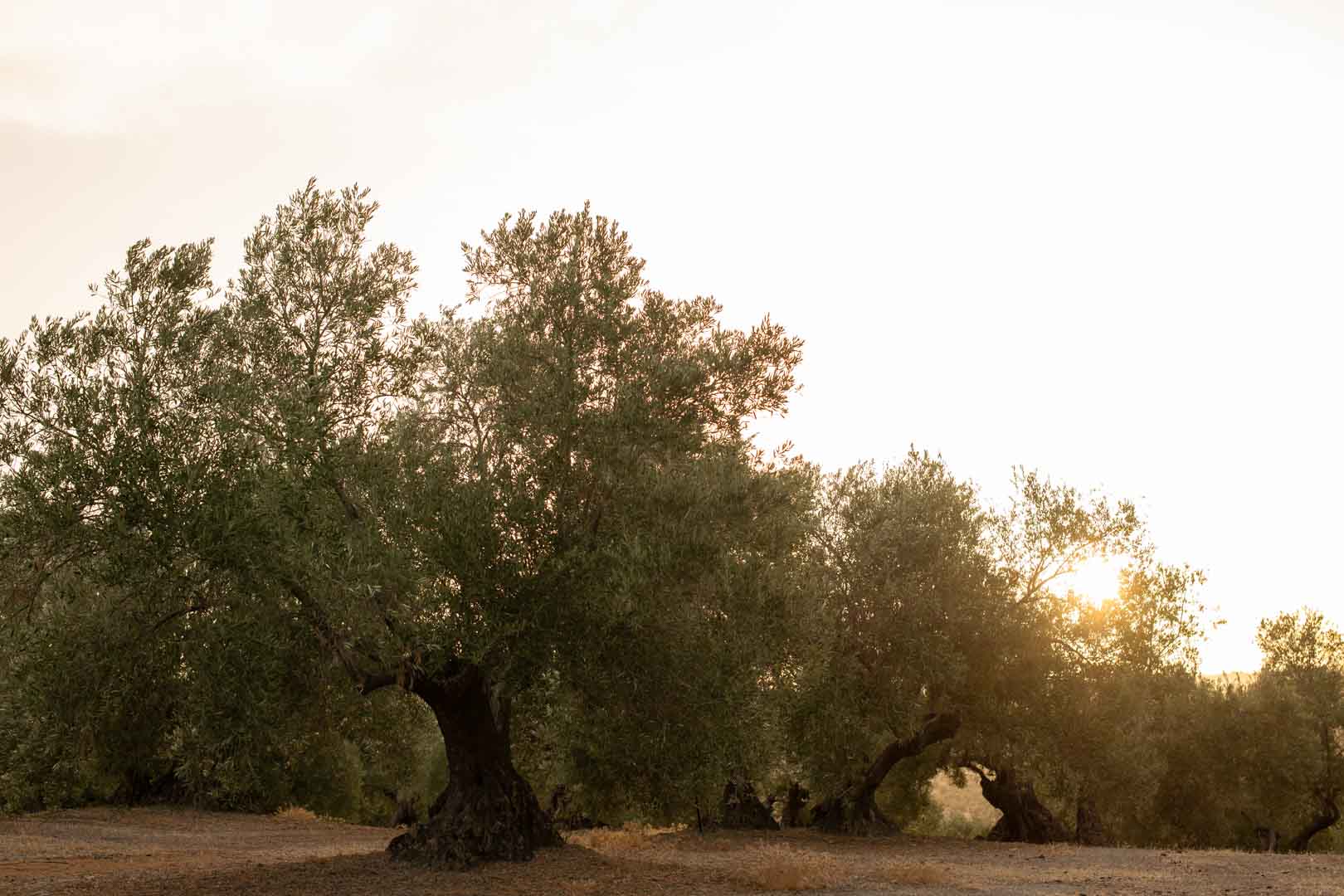Xylella is one of the ‘most dangerous plant bacteria worldwide’ and has been confirmed in Corsica, the Balearic Islands, southern France, Spain, Portugal and Germany
It was in the winter of 2018 when Juan Escandell first noticed something was wrong. Leaves on some of his olive trees were withering and turning brown, while the fruits shrivelled and died.
Three years ago, he had never heard of Xylella fastidiosa. Two years ago, Mr Escandell first read about it in the news. By last year, he saw for himself the devastation the bacterium brings to olive trees. A fifth of Mr Escandell’s groves on the island of Ibiza are now visibly infected by Xylella – a figure that is likely to rise.
Believed to originate from Central America, Xylella, which has no known cure, causes several, often deadly, diseases in crops of high economic value, including olives, almonds, vines, citrus and stone fruits.
Carried plant-to-plant by insects known as spittlebugs, Xylella causes plants to wither and die of thirst.
The bacterium was first detected in Europe in 2013 in Italy’s Puglia region, where it has killed millions of trees, destroying livelihoods and the region’s olive oil industry.
So far, losses have exceeded €1.2 billion (Dh4.9bn).
Xylella, considered one of the “most dangerous plant bacteria worldwide” by the European Commission, has since been confirmed in Corsica, the Balearic Islands, southern France, Spain, Portugal and Germany.With crops and plants across the Mediterranean basin at risk, the bacterium is among the olive oil industry’s top concerns. The magnitude of the threat weighs especially heavy on Spain, the world’s largest olive oil producer and exporter.
Spanish production for the 2018-19 season reached a record 1.77 million tonnes, three-quarters of total EU olive oil production, and more than half of production worldwide, according to EU figures.
“Olive oil is a vital sector of the Spanish economy,” says Teresa Perez, general manager of the Spanish Olive Oil Interprofessional Association. “In large areas of Spain, it’s one of the first generators of wealth. Any threat to it is also a threat to the survival of people.”
The olive oil industry employs nearly a third of Spain’s farm workers, directly employing more than 1.3 million people throughout its supply chain.
Nowhere do olive trees define the landscape more than in Andalusia, the country’s primary olive-growing region, which produces 80 per cent of Spain’s olive oil.
The Andalusian province of Jaen alone produces 40 per cent of Spain’s supply and a fifth of the total global supply – more than Italy and Greece combined – from the 66 million trees blanketing its gentle rolling hills.
Industry turnover now exceeds €2bn annually, according to Spain’s Ministry of Agriculture, Fisheries and Food, and is the country’s No 1 agricultural export.
According to the EU’s medium-term agricultural outlook, production in Spain is forecast to increase by 10 per cent in the coming years.But the looming threat of Xylella may jeopardise this.
Xylella was detected in the Balearic Islands in November 2016 and is now widespread across Mallorca and Ibiza. The following year, both islands adopted an EU containment strategy when total eradication of the disease was deemed unviable.
Across the Balearic archipelago, officials are attempting total control over what plants leave the islands, to try to prevent Xylella from being carried to the peninsula.
Joan Mari, a technical engineer with Ibiza’s Olive Grove Association, is optimistic the challenges Xylella poses can be managed and, ultimately, overcome. “It was initially seen as a catastrophe. Now, it’s a problem here to stay, and it’s a matter of learning how to live with the disease,” he says.
For Ibizan growers who have lost up to 75 per cent of their total olive oil production, Xylella means starting over. For others, it means learning how to adapt and hoping for the best.
Replanting frequently is key, explains Mr Mari, as olive trees become more susceptible to disease once they are older than 12 years.
It is a cumbersome approach for trees that often live hundreds of years. However, until a treatment or cure for Xylella is found – if one ever is – replanting is considered the best way forward.
Mr Escandell is resigned to the measures for uprooting and replanting, and is left to bear the rising costs. Several of his trees have been destroyed, and he is expecting more will be in the near future. On the Spanish mainland, Xylella outbreaks in olive trees have been limited to two isolated and controlled cases in Madrid and Almeria, that were dealt with through eradication measures.
Given the impact Xylella could have on the Spanish olive oil industry, government and private industry are investing heavily in research, development and innovation to keep the country’s more than 300 million olive trees safe from the disease.
The Andalusian Institute of Agricultural and Fisheries Research and Training is involved in two major research projects working on different aspects of the diseases caused by Xylella, says senior researcher Lorenzo Leon.
At an international level, the €6.9 million EU-funded XF-Actors involves 29 institutions from 13 countries. At the national level, 13 institutions are collaborating on E-RTA, funded by Spain’s National Institute for Agricultural and Food Research and Technology and the Spanish Olive Oil Interprofessional Association.
Joaquin Claramunt, a grower and agricultural engineer in Jaen, does not see Xylella as a huge threat and is confident research, along with the province’s climate, will keep his olive trees safe.
While more research on temperature thresholds is needed in southern Europe, Mr Leon says studies from the US suggest areas with more mild winters where the temperatures are greater than 4.5 °C, such as coastal Spain and the Balearic Islands, are at greatest risk.
The cold temperatures typical of Jaen winters may, for now, place Mr Claramunt and other growers in the industry’s most key province on the side of luck.Given the EU-bloc produces around 70 per cent of the world’s olive oil, if the entire Mediterranean was to fall victim to Xylella, there would be no short-term alternative to compensate, says Ms Perez.
Outside of the Mediterranean, production is increasing in many countries, among them are Iran, Saudi Arabia, Argentina, Chile, Mexico, South Africa, Australia, New Zealand, China and the United States. Yet combined, these countries produce less than one-third of the world’s olive oil.
It would take years for other countries to offset the loss of Mediterranean production, Ms Perez says, highlighting the importance of ensuring Spanish olive oil production is protected not just from Xylella, but all impending threats.
The economic effect of Xylella on Spain’s olive oil industry has been very limited to date, but its potential to affect the crop implies a potential risk economically.
“Hence the importance of proper crop management, as well as early detection … to intervene immediately so the affects are as limited as possible,” says Ms Perez.
Maroun El Moujabber, co-ordinator of Cure-FX, a capacity building and awareness-raising project on Xylella, thinks large-scale outbreaks similar to Italy’s can be avoided by, above all, a quicker response time.
Still, he says, more research is needed on tolerance and Xylella-resistant varieties, and to better understand the vector: the disease-carrying insect, the spittlebug.
“If we want to cope with the threat we have to deal with the vector, that’s the only way,” says Mr El Moujabber.
This was first published by The National.
